A short time ago Figma announced exciting new features in its Config2023 which has revolutionised the way we not only design, but also develop digital products. We have been able to see this through tutorials that the company itself has been launching in its Youtube channel, significantly improving the collaboration between designer and programmer.
How can artificial intelligence help Figma?
Now it seems to be the turn of AI. Just as Adobe revolutionised the way we use Photoshop thanks to its AI tool: Generative Fill. This time they have decided to make a similar move with the latest acquisition of Figma: Diagram (one of the most promising startups in the development of AI focused on the design of digital products) and Genius Design.
But Figma’s intentions go beyond what we have seen in Photoshop. It is not only to use AI in the design phase of a digital product, they also intend to take it to the ideation and development phase, as the vision they have of AI is not just another product but a whole platform that allows us to improve in all areas and profiles that involve a project of these features..
AI for designing User Interfaces
In a first phase, they are exploring the possibility of generating ideas with a simple prompt, following the same approach for the generation of images, but this time to design components, their variants, layout them and compose the screen in just a few seconds. Another of the proposals they are testing would be to use an already defined design system to propose recommendations for improving its scalability.
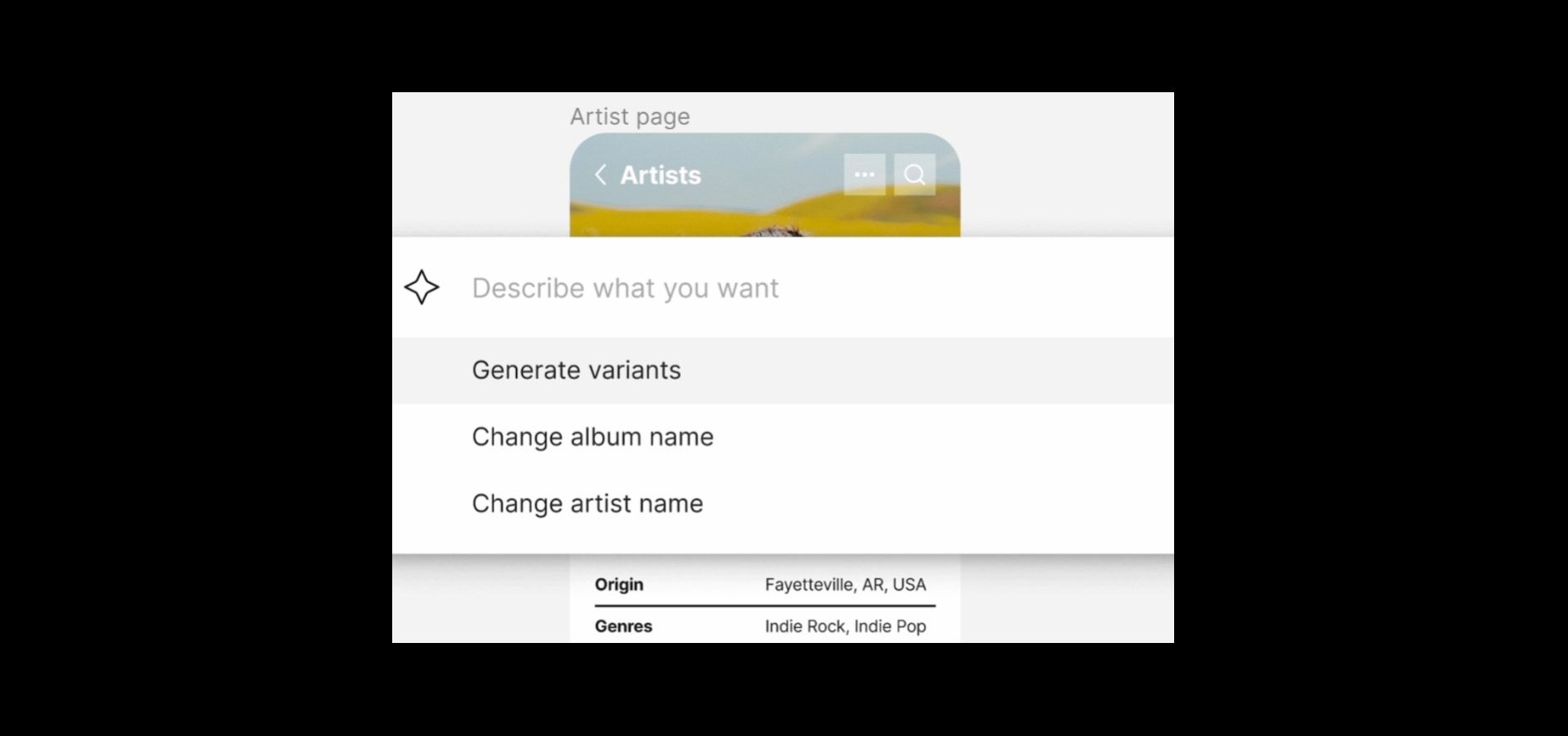
AI to organise and synthesise ideas
Imagine a blackboard with hundreds of sticky notes in no apparent order. It would be tedious work to have to read them one by one and summarise the most recurrent ideas or organise them into blocks according to their subject matter.
Figma seems to be proposing that the AI do this work for us. Clearly, the time savings would be considerable.
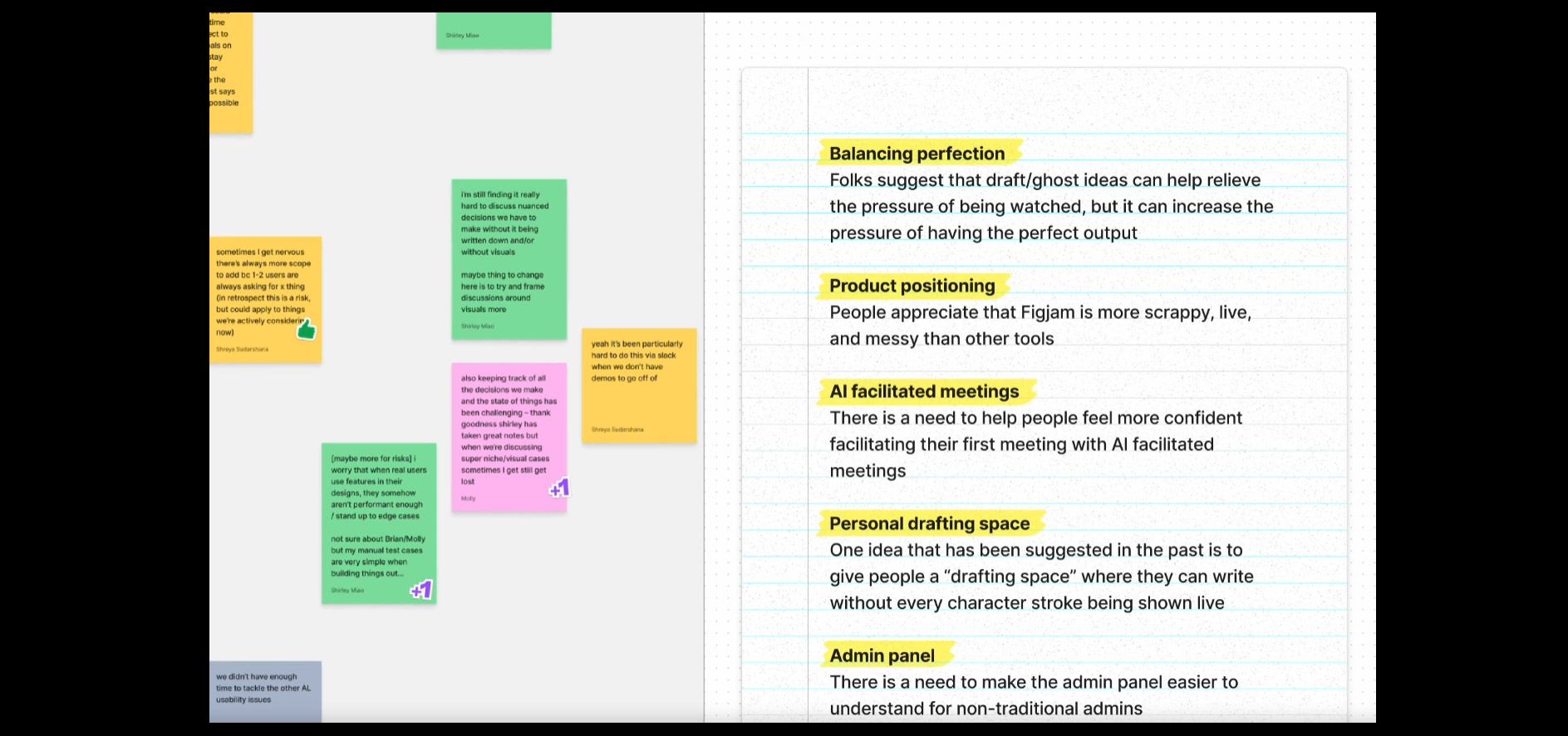
AI to generate code for developers
When you select the component which you need to develop in Frontend will give you instant access to its code to create it from scratch or update it. Or at least that’s what they have shown us in their demonstration of what Figma’s AI will be able to do for developers.
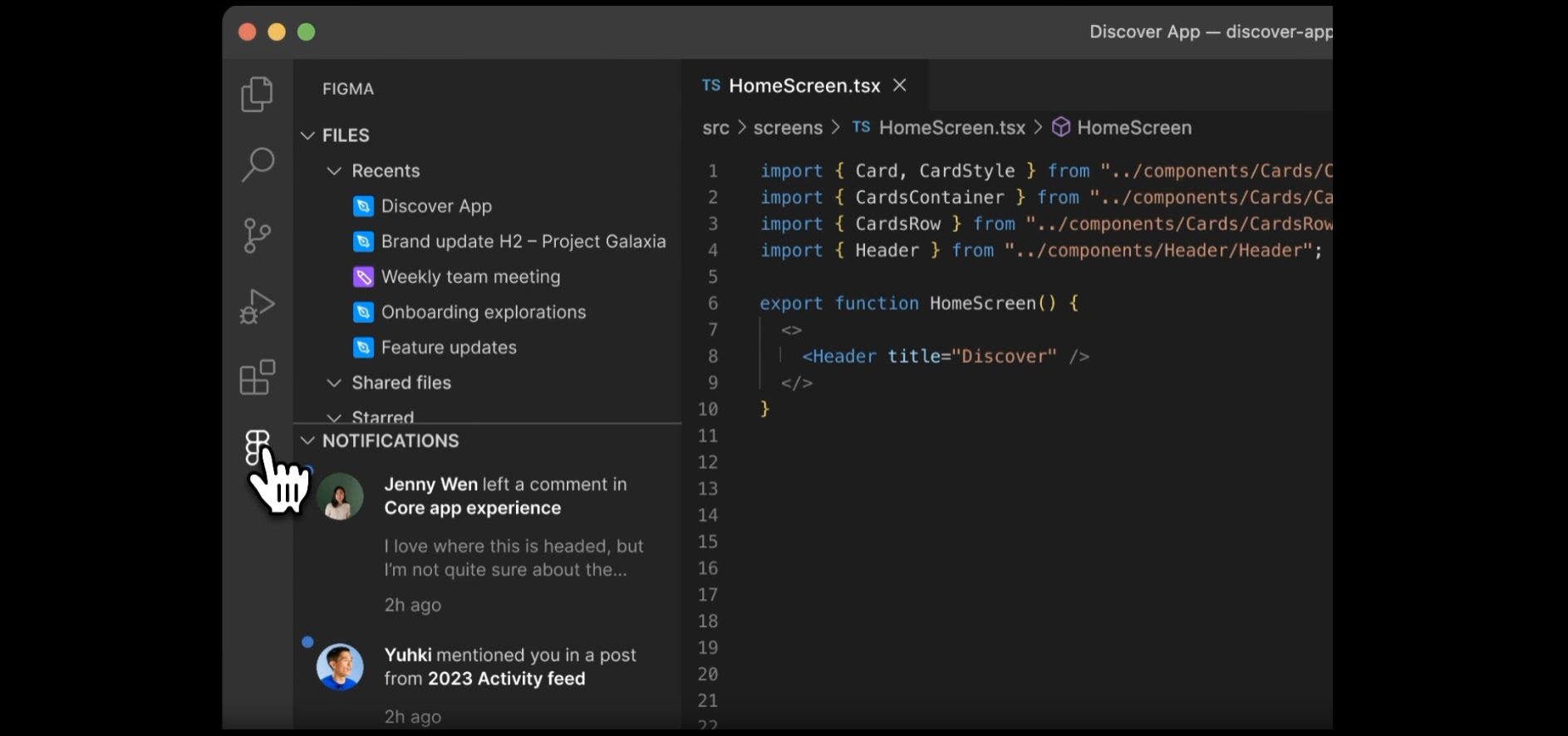
…And all this for when?
There is currently no official release date for these new Figma tools, which are sure to revolutionise the workflow of all companies working with digital products. If you want to see in more detail the possibilities that AI will offer in Figma you can watch the following video.
How the use of AI may affect Figma and digital products in general
After seeing the first signs of how we will be able to use AI in Figma, it seems that everything indicates that it will allow us to spend time on more important tasks in terms of user experience and less on repetitive tasks as it was at the time the use of design systems, which allowed us to spend less time on monotonous tasks, such as the curvature of the corners, the colour in hexadecimal value… and more time on more important tasks, such as the proposal of new concepts.
Another example is the use of atomic structures (pixels), which began to merge into molecular structures (components), speeding up workflows and allowing digital products to scale.
Ultimately the use of AI in Figma will lead us to design patterns, enhancing the digital interfaces we know towards experiences that will be much more fluid and intuitive.
How do you see the future of Figma and artificial intelligence?
Categoría/s: Design and development web


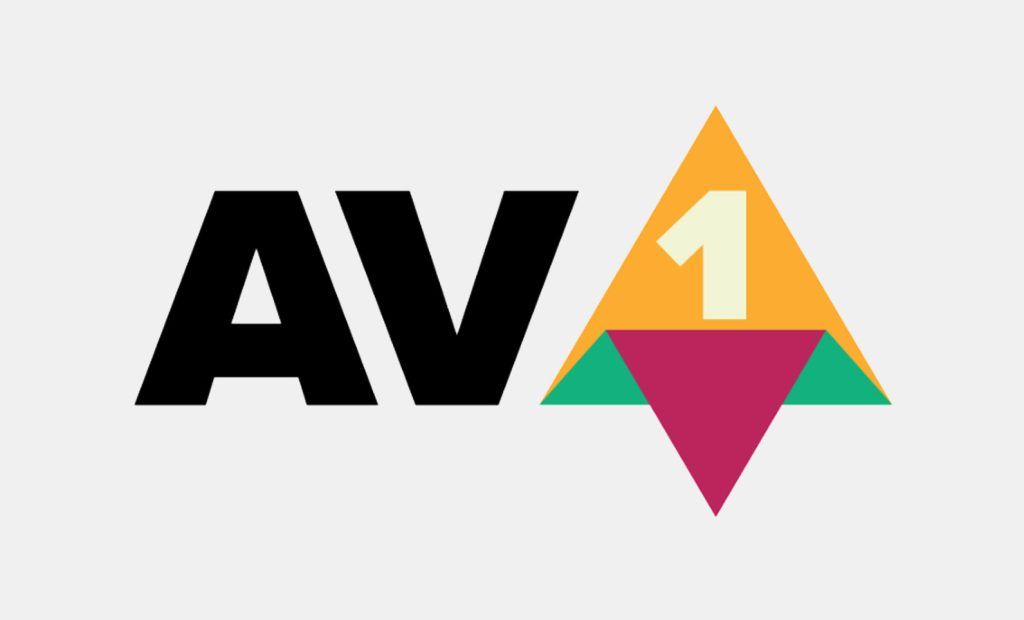
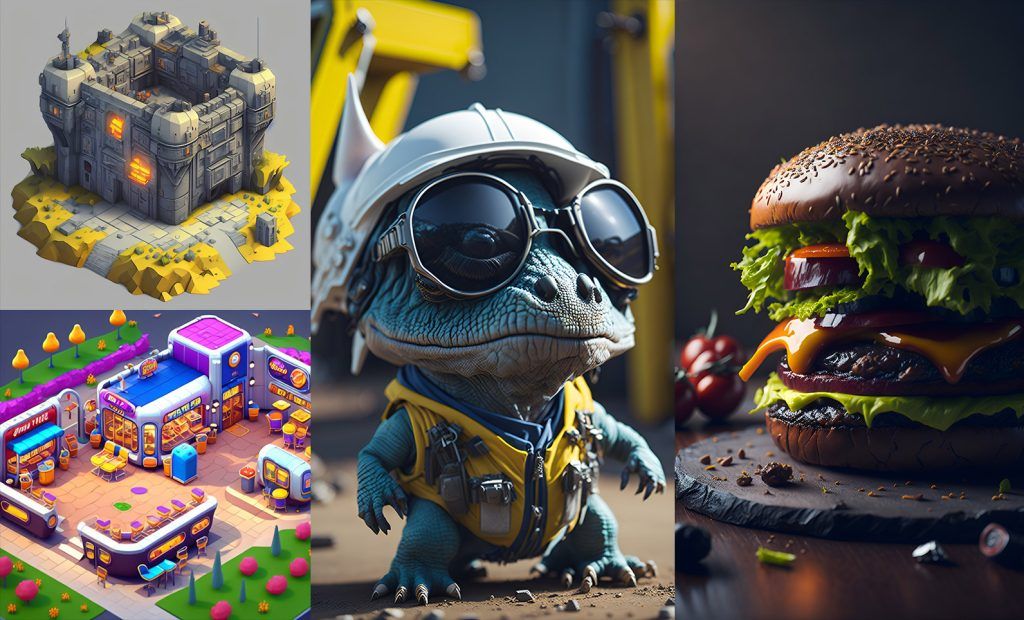
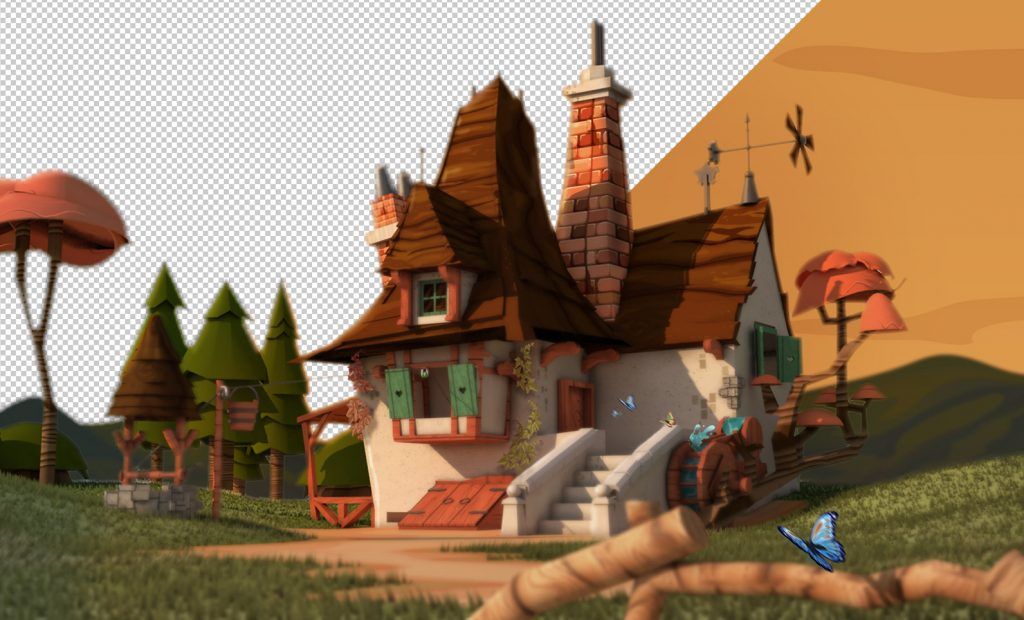




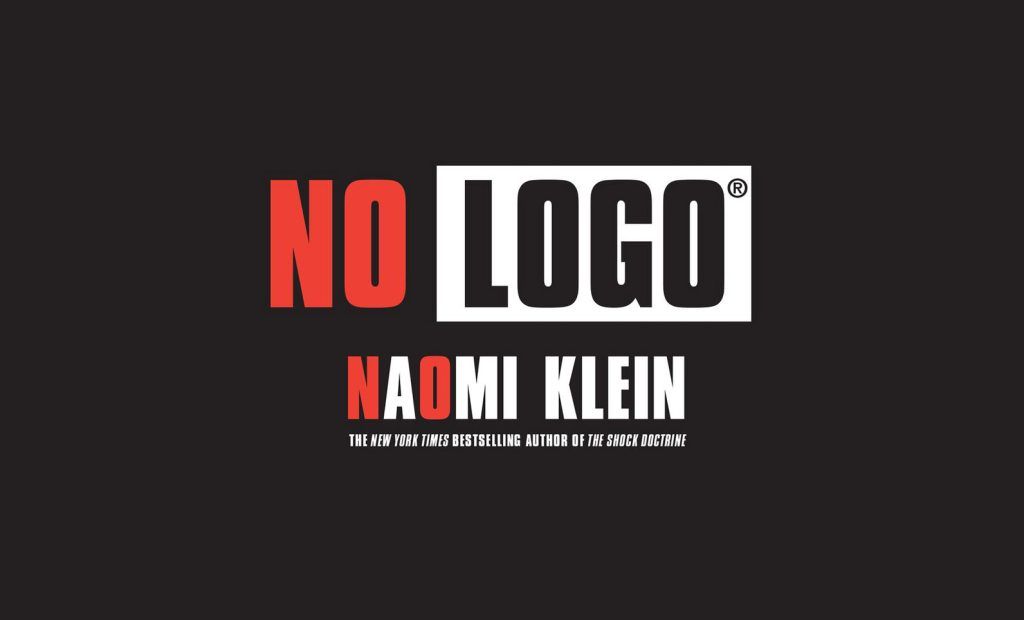
Leave a Reply